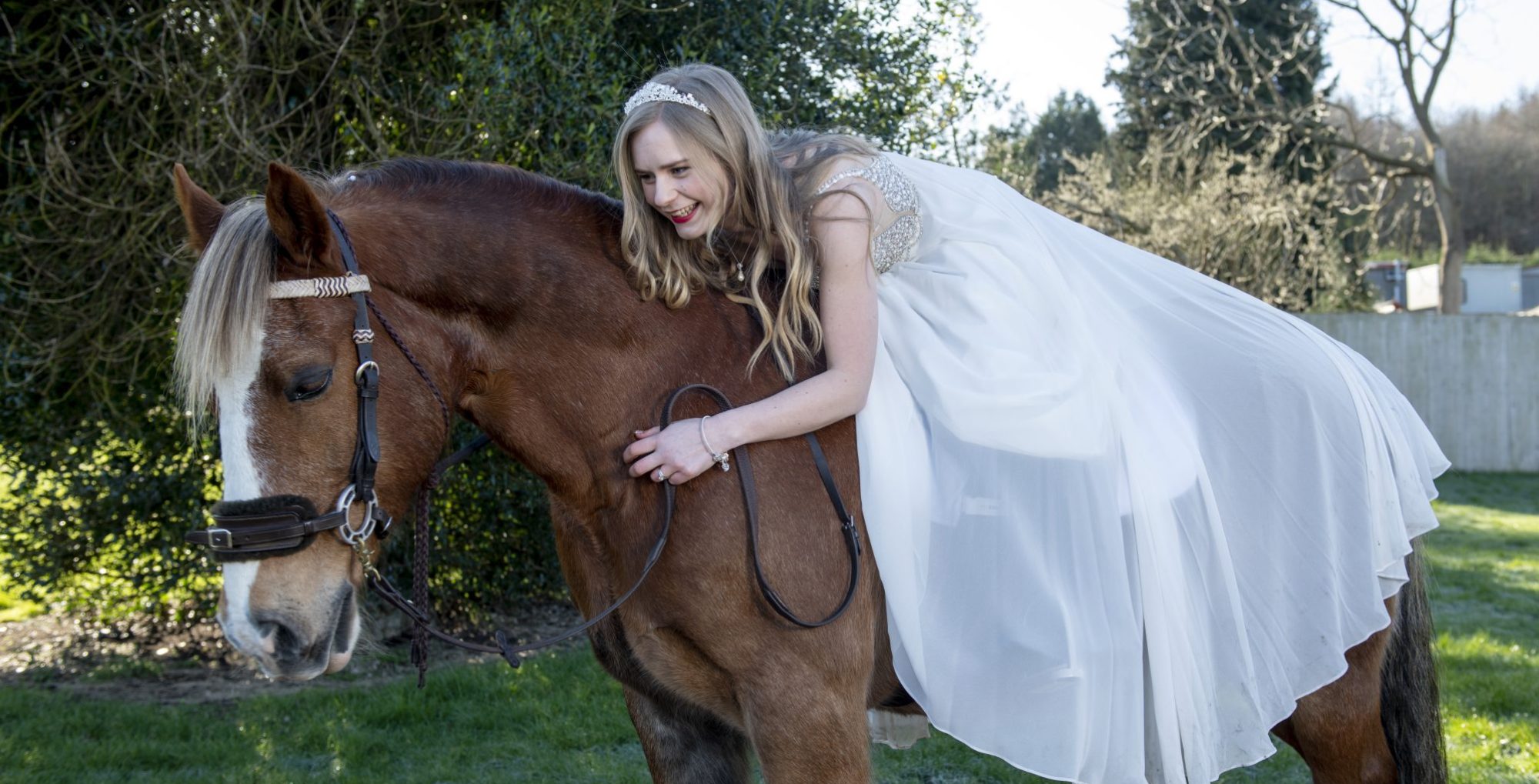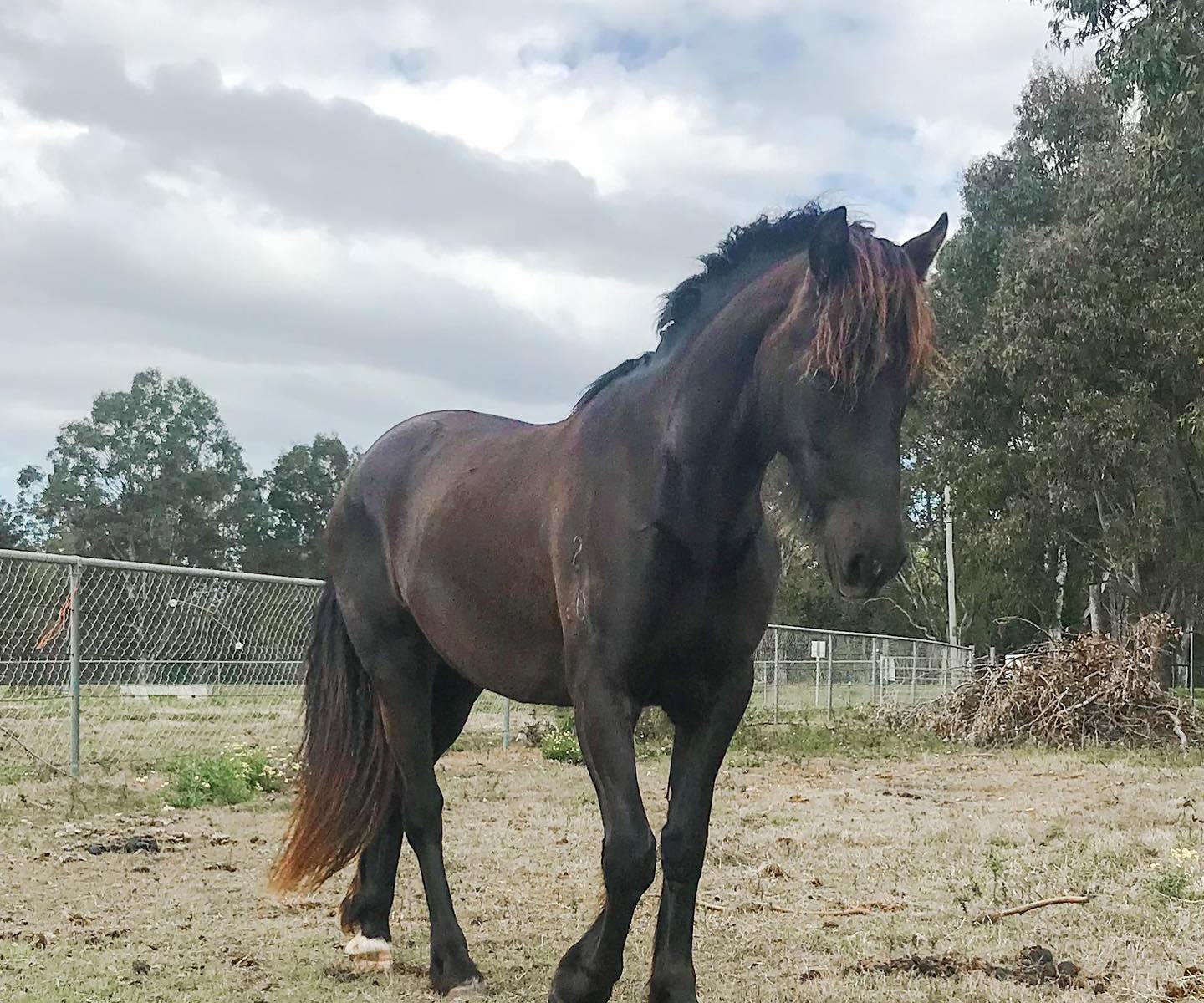Hello, and welcome back to the blog!
Today I would like to share some training tips about how to deal with tension when working with your horse. Unfortunately, many horses are tense when they are being ridden and it is not good for their minds or bodies to be carrying themselves in this way. It can lead to many different problems and it can alter the horses ability to learn. In addition, it can affect the relationship you have with your horse as well as the goals you would like to achieve with them.
What does tension look like?
Tension can present itself in many different forms, some of these are:
- Physical stiffness
- Choppy strides
- Explosive behaviour
- Small postural changes
It looks different in different horses but some indicators of tension are:
- High neck carriage
- Flicking ears (confusion)
- Clamped, straight tail
- Swishing tail
- Tight lip line
- Wrinkles beside the nostrils





Why are horses tense?
There are a number of reasons why a horse might be tense, and it is important that you are able to identify the main cause in order to overcome it. Be aware that it could be a very specific cause. With horses, there is always a reason for a behaviour; behaviour is communication and it is up to us as horse-people to ensure we listen.
There are 3 main reasons why a horse would be tense.
Temperament
Horses are like people, they all have their own personalities. This means they can be outgoing, friendly, social, standoffish or anxious. Naturally, more timid horses exhibit more indicators of tension and they are more easily upset by situations than a laid back horse would be.
Temperament is not something that can be changed entirely, but we can help an anxious horse to feel more confident and thus more comfortable. It is important that we think about the comfort zone of the tense horse. It is good to challenge them to allow them to increase in confidence, but we must also be careful not to overstep and push them too far as this will likely take their training back a step or two.
Therefore, in order to help an anxious horse, we must consider the horse as an individual and take time to get to know their personalities in order to understand what they are comfortable with and where they need help.
Physical issues
Physical issues are a common cause of tension in horses. It is beneficial to get advice from a professional to help determine the cause of your horses tension if you suspect it is because of a physical issue. There are many physical issues which could cause tension. For example, it could be due to stiffness. This can be managed through carefully planned warm ups to ensure the horse is ready for the work you are asking it to do. However, it could be due to something more serious so you should always seek professional advice in the case of physical issues.
Behavioural issues
Another cause of tension is learned behaviour. If a horse has experienced something in a negative way, or if their actions resulted in a negative consequence, they can become tense and unsure. For example, my share horse Echo can become tense if you don’t have a light hand. This is because in the past people have pulled on her mouth repeatedly and now she worries if you take up too strong a contact as she expects pain. In other cases, quite often I see horses become extremely tense and confused because the rider or person working with the horse is not clear in what they are asking. This means the horse cannot understand and as a result it does the ‘wrong’ thing. The person then creates a negative consequence for this, resulting in more tension and the problem only escalates, even to the point of the horse becoming sour. It is so important to be clear in exactly what you are asking the horse to do to and to reward the horse in a timely manner for their efforts, even small efforts.
What can I do to help my tense horse?
Below are some ideas on how to get started on working with your tense horse.
- Physical issues?
Determine whether the tension is being caused by physical pain or stiffness by booking your horse in for a check up with your vet. They will be able to tell you if there is something going on physically to cause it and advise on next steps. These might be to work with a physiotherapist or perhaps get your horse seen by a dentist. - Equipment issues?
If your horse is physically fine, consider the equipment you are using. Is your horse tense when leading or is it when you are riding? Does your tack fit? Does your halter/rugs all fit? Are there rubs anywhere? - Mental issues?
By this point, you will have ruled out physical issues and equipment issues. Now it is time to consider your horse as an individual. Would you describe them as nervous or are they generally quite laid back? Think carefully about the temperament of your horse. Think about when your horse is worried, is it at the start of a ride or is it more specific, for example when you gather up your reins or when you pass a certain part on a trail? Try to see it from your horses perspective and check to see what you are doing too. Do you alter your position? Are you tensing up? You must take time to work out the root cause to begin working on improving the situation.
In addition, take some time to learn your horses tension patterns, by this I mean observe how your horse exhibits tension so you know what to look for. Try to notice the smallest postural changes. By doing this, you will begin to take positive steps to improving your horse’s wellbeing as well as opening up deeper levels of mutual trust, awareness and understanding. Simply punishing the horse for undesirable behaviour or trying to push him through a physical problem makes existing tension patterns worse and leads to the creation of others. - Consider your actions
Now it is time to deal with the mental tension. The best way to deal with this is to take things back to basics. I find it is beneficial to think about your horses comfort zone and start from there. Take tiny steps and slowly re-build the horses’ confidence, being careful to never push the horse beyond the point at which they can cope in a relaxed manner. For example, if there is an issue in the trot but your horse is comfortable in walk, go back to walk and take some pressure off. Consider going back to groundwork to remove fears, establish/ re-establish a positive relationship and be clear in your instructions.
Overall, tension is a tricky area to overcome. It can mean completely retraining and reframing how you are working with your horse. It is so important, however, to take the time to work out what is causing the issue and then to address it in a sympathetic manner. I find that making your focus of each session to be purely relaxation is a great way to help a tense horse as that way, you won’t ask for too much. Once the horse is more consistently relaxed and is beginning to understand that the problem isn’t as big as they thought it was, you can consider adding a little element of challenge to move the training along. Consider where your horses’ comfort zone is and make a tiny change to allow for learning to keep occurring. Take it slow, go at it like you have all the time in the world.
Happy Horsing!


